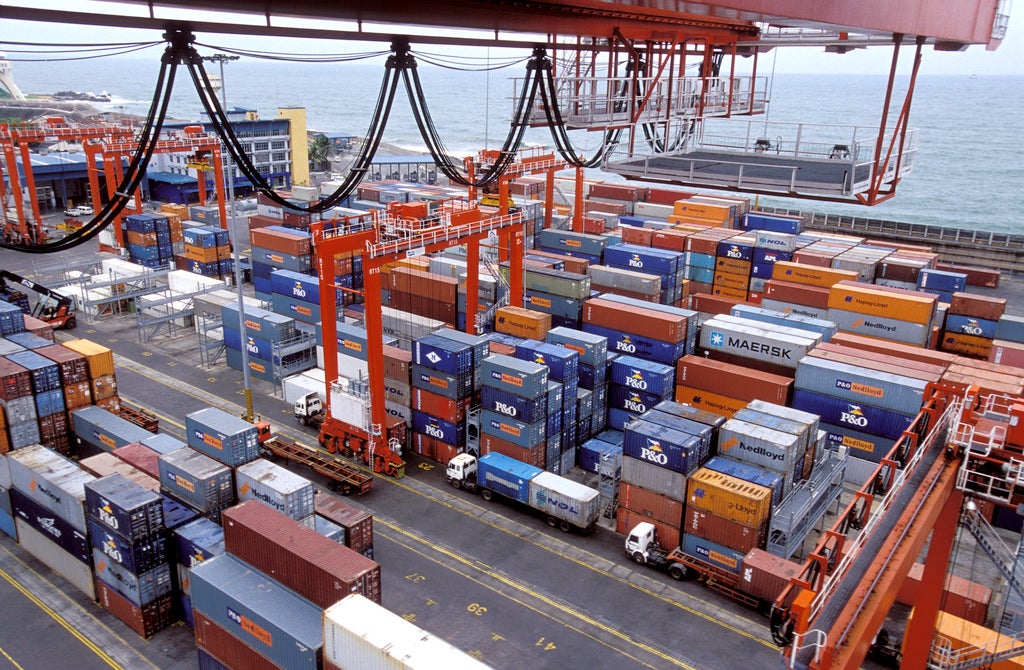
Sri Lanka has, over the past decade, relied primarily on public funds for most of its infrastructure needs that have come by way of borrowing on concessional and non-concessional terms with limited attempts being made to develop infrastructure with the use of private funds. However, the infrastructure gap continues to widen with the growing limitations in borrowing capacity, and the government is under pressure to deliver infrastructure adhering to practices of good governance and transparency.
The recent budget shed light on several areas where the government could engage the private sector through public-private partnerships (PPPs). Could this bring about accelerated development in infrastructure that the limited amount of public finance alone would not be able to handle?
In response to a request from the Prime Minister of Sri Lanka, the World Bank carried out a diagnostic that assessed the enabling environment for PPPs to understand what the issues are and how they need to be addressed. This was followed by a high-level roundtable discussion in early December 2016, led by several key ministers including the Finance Minister, to present the findings and discuss the way forward. The forum, by design, was a deep-dive into what it takes to implement PPPs among key policy makers that included international examples.
This high-level policy interaction did not include the private sector, but their voices and concerns were captured in a video presentation to stimulate the dialogue.
I hope these discussions continue to move forward to arrive at concrete actions that would lead the country towards fixing the system and developing its infrastructure. In designing the new program, lessons from the past PPP program in Sri Lanka should feature as prominently as international experience.
The need for a specialized agency for PPPs
Brazil, South Africa, the Philippines, and Australia are among countries that have witnessed successful implementation of PPPs with the involvement of a specialized agency driving processes from identification to award of a contract. An important outcome of the diagnostic was the decision to re-establish a PPP unit in Sri Lanka. Although there were several options as to the exact location of Sri Lanka’s PPP unit, the decision was made by Government to locate the PPP unit within the Ministry of Finance.Given different political interests within the coalition Government, some may perceive this decision as “centralizing power” and may stand in the way of designing a well-functioning PPP unit. A central PPP unit can help overcome obstacles by consolidating specialized skills, such as financial and legal, to ensure projects across sectors will be financed.
Creating similar units within the sector ministries and line agencies will only further exacerbate the capacity limitations that government is faced with and will be an unnecessary burden on the budget if the pipeline does not carry many PPPs in a particular sector. I believe the private sector will welcome a “one stop shop” that will reduce their transaction costs and increase levels of confidence. Additionally, the Ministry of Finance should have the convening power to bring all of the necessary parties to the table to agree on a common strategy—and the ability to ensure the PPP unit is equipped with the appropriate skills. A test of such skills would be its ability to help the Government avoid some of the controversies around the current procurements for PPPs.
Learning from Sri Lanka’s past experience
Sri Lanka has had success with PPP units in the past. In my days at the Bureau of Infrastructure Investment (BII), which was the PPP unit established in the mid-1990s, the projects were developed and procured through a well-defined and transparent process where the BII held the convening power and effectively managed the transactions with a staff of about five to six people. A key feature in these transactions was the active participation from the line agency and the respective ministry as the owner of the project. The financial skills in the structuring of the transactions, as well as in the entire procurement process from evaluation of bids to negotiations of the contracts, were provided by the BII, as these skills were scarce within the public sector.More importantly, due to the strong focus on financial analysis, the financial and economic benefit from these transactions featured prominently in the decision making by the Government. Using available skills for structuring bankable transactions also prevented a flood of unsolicited proposals. At the beginning, there was a lot of resistance to the BII, but the mindset quickly changed after the first few transactions up until the dissolution of the unit in the early 2000s—a decision triggered by a change in government policy.
Simply establishing a PPP unit is not going to solve the problem. There should be a strong champion to drive the supported PPPs through a clear and consistent policy framework that will assist the preparation of a robust pipeline of projects. The sector ministries and line agencies would also play a pivotal role in supporting broader reforms to ensure the successful delivery of a PPP.


Join the Conversation